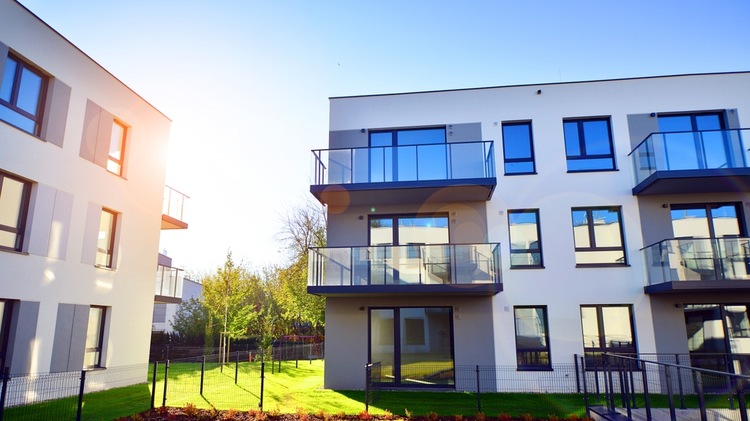Pioneering the Path: Discovering the Potential of Brownfield Real Estate Investments
For years, investors have been exploring different avenues to maximize their earnings in the real estate market. One such path less traveled is brownfield investments. These are sites previously used for industrial or commercial purposes and are now available for re-use. Often overlooked due to their challenges, these sites have an unexplored potential that savvy investors can tap into.

Journey through History: The Birth of Brownfield Investments
The term ‘Brownfield’ was first coined in the United States in the mid-1970s. It was a reference to old, abandoned factories and warehouses left to decay in urban areas. As industries migrated away from cities, these once-thriving economic centers became eyesores. However, in the early 1990s, with the rise of urban renewal initiatives and sustainable development, these sites started gaining attention from real estate investors.
The Current Landscape: Brownfield Investments Today
Today, brownfield investments have evolved into a niche yet promising strategy in real estate investing. Governments worldwide have initiated policies and incentives to encourage the redevelopment of these sites. According to the U.S. Environmental Protection Agency, there are an estimated 450,000 brownfield sites across the country. With proper planning and execution, these sites can be transformed into profitable real estate investments.
The Pros and Cons: Evaluating Brownfield Investments
Like any other investment, brownfield sites come with their advantages and challenges. They are often located in urban areas with existing infrastructure and access to amenities, making them attractive for residential or commercial development. Moreover, government incentives, such as tax breaks and grants, can further increase their profitability. However, these sites often require extensive cleanup and remediation, which can be time-consuming and costly. Thus, thorough due diligence is vital before diving into brownfield investments.
Making an Impact: The Potential of Brownfield Investments
Investing in brownfield sites is not just about financial returns. It also contributes to urban renewal, job creation, and environmental cleanup. By transforming these abandoned spaces into vibrant properties, investors can make a significant impact on the community and the environment. However, the success of such ventures depends on effective planning, collaboration with local authorities, and a deep understanding of market trends.
Looking Ahead: The Future of Brownfield Investments
As the real estate market continues to evolve, brownfield investments are expected to gain more prominence. The growing emphasis on sustainable development, coupled with the demand for urban housing and commercial spaces, makes these sites a viable option for forward-thinking investors. However, it requires a strategic approach and a willingness to navigate potential challenges.
Brownfield investments are more than just another real estate strategy. They represent a unique opportunity to blend profitability with social and environmental responsibility. By unlocking the potential of these sites, investors can pave the way for a new era in real estate investing.




